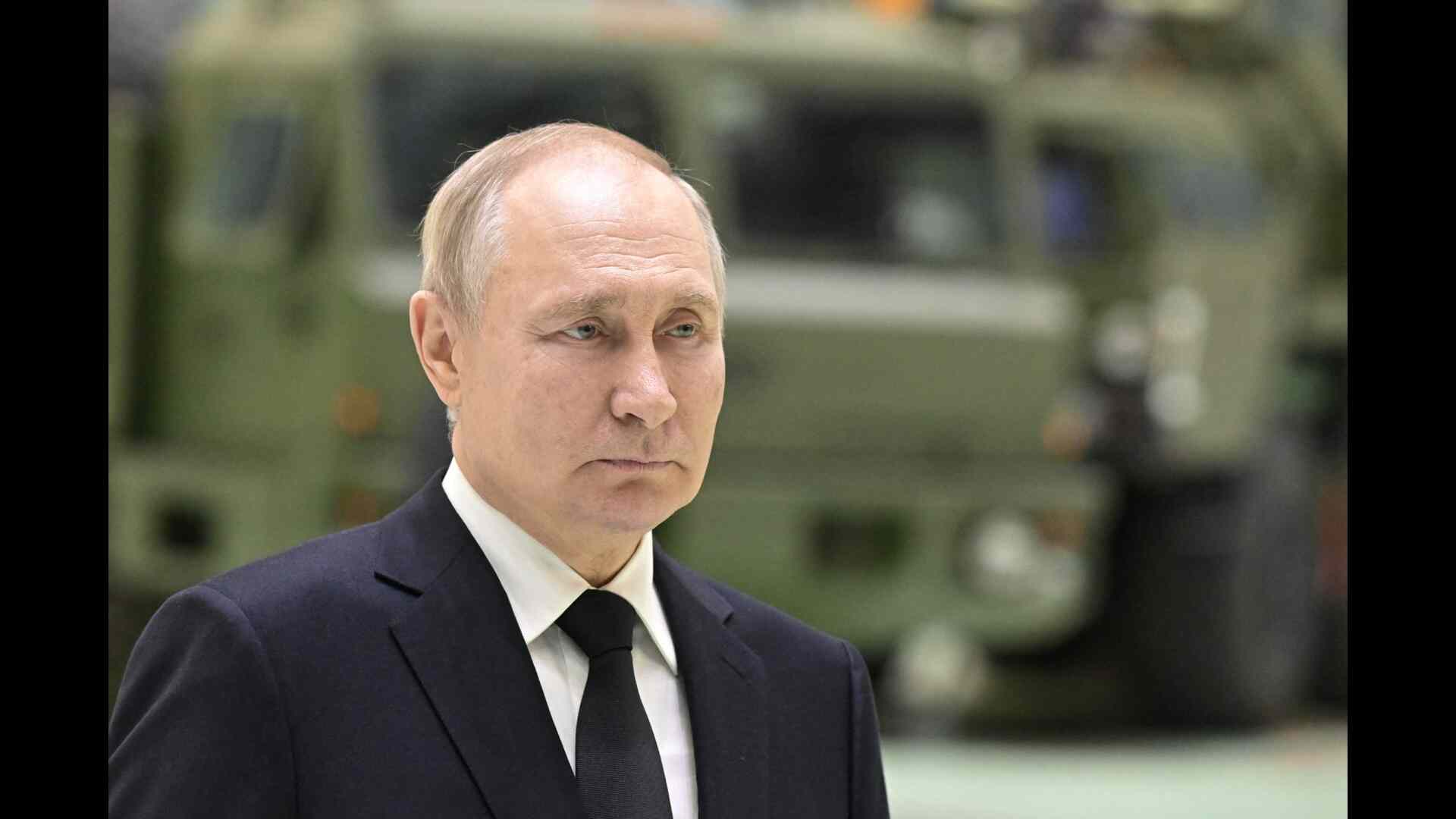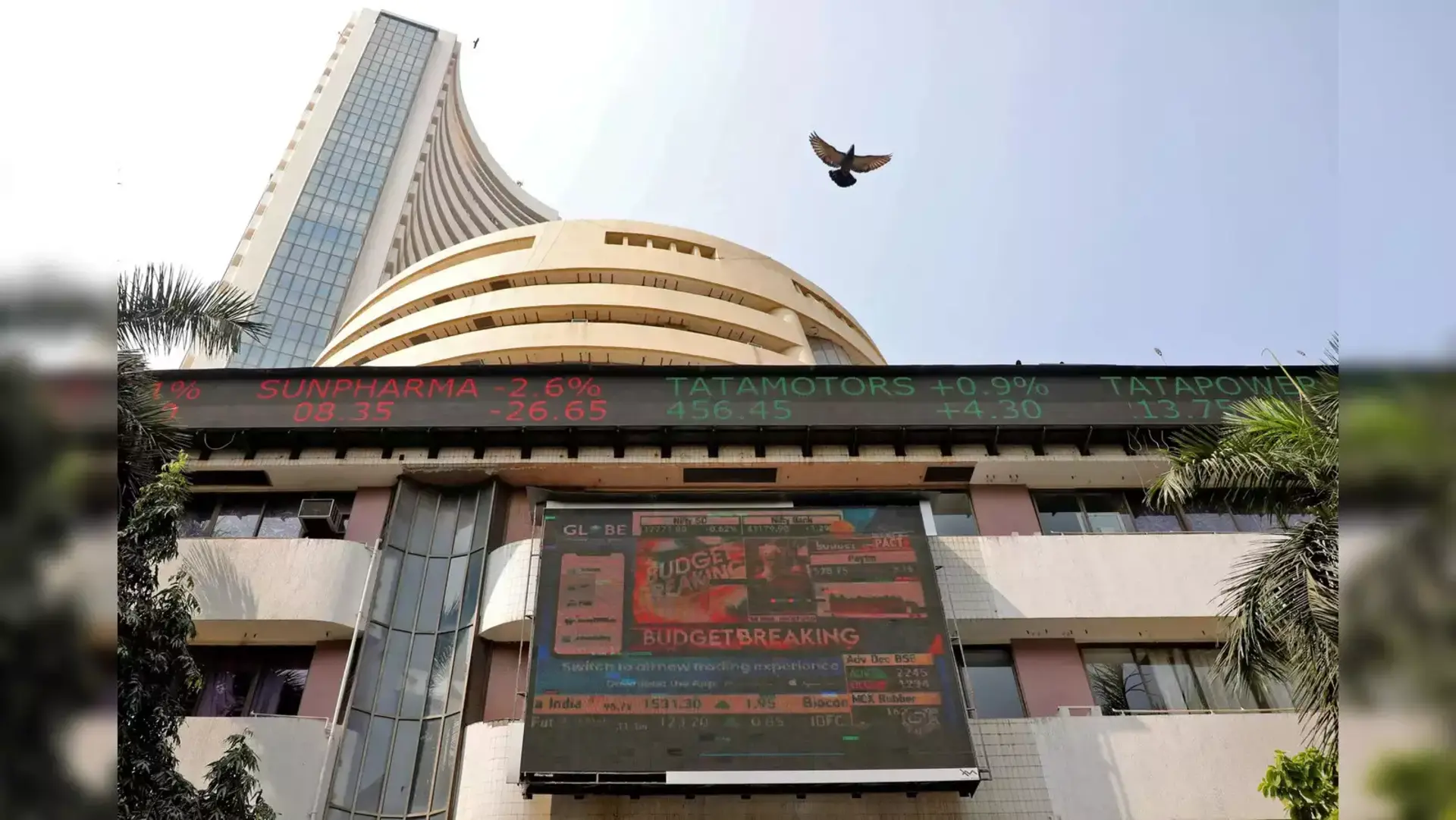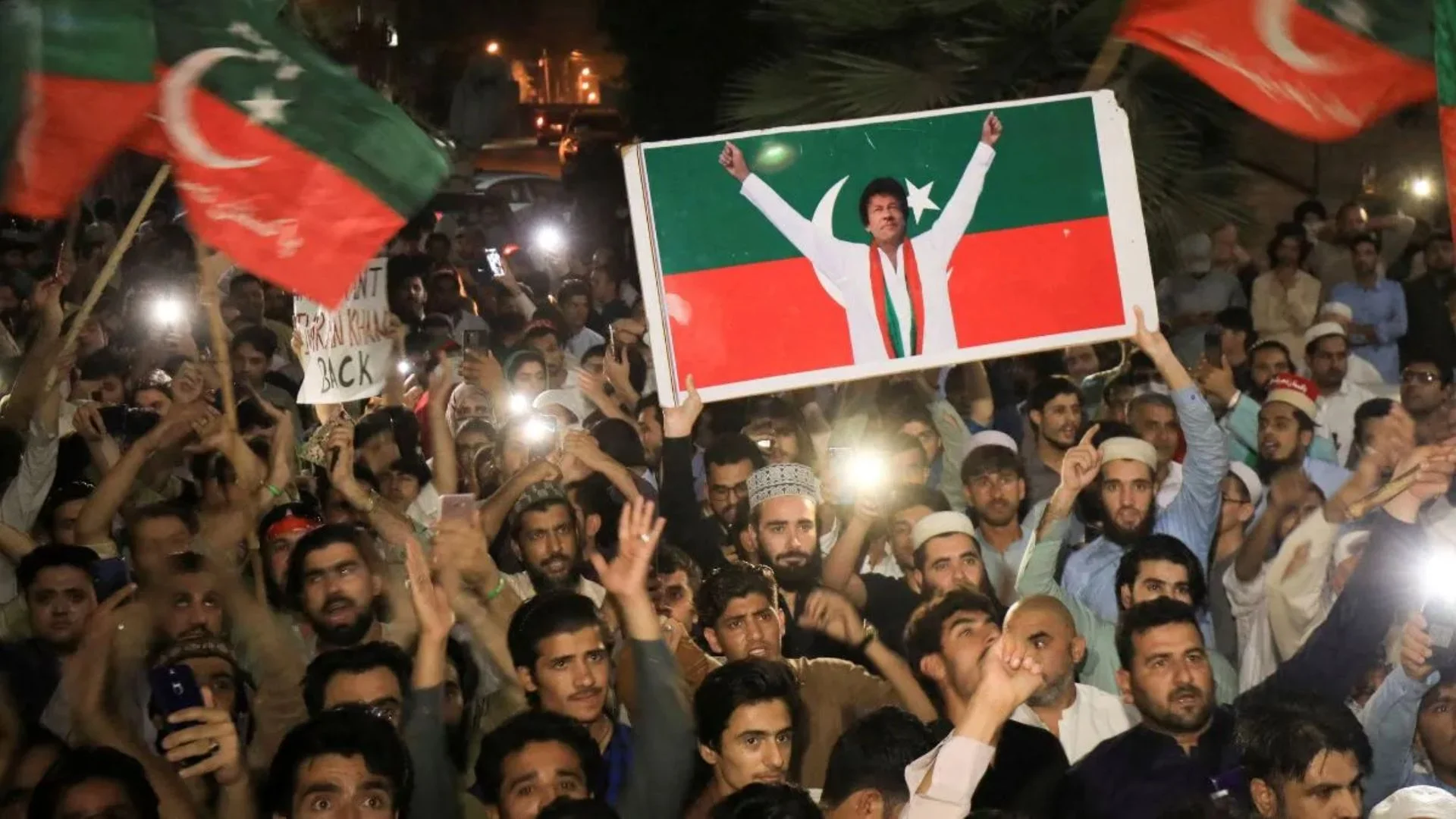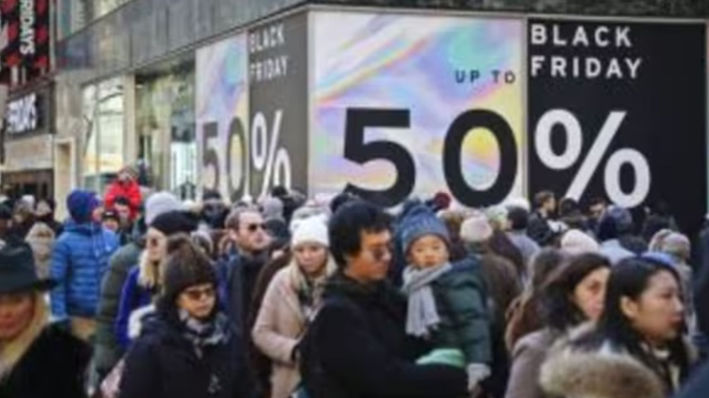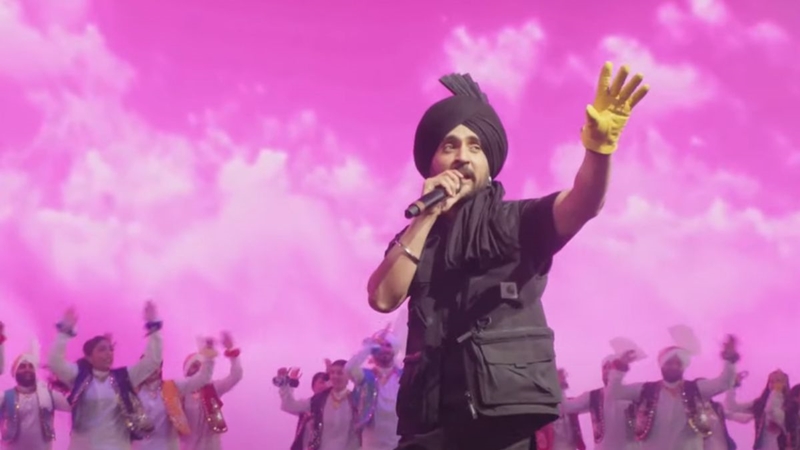
In the second week of December 2019, Wuhan had its first case of novel coronavirus. By the month end, it was located to have originated from the open meat market. On 30 December 2019, an ophthalmologist, Dr Li Wenliang, warned others about the outbreak of Covid-19. In a private message sent to a group of fellow doctors warning them about a possible outbreak of an illness that resembled severe acute respiratory syndrome (SARS) in Wuhan, where he was working. Within days he was summoned to the Public Security Bureau office in Wuhan and he was made to sign a statement in which he was accused of making false statements that disturbed the public order.
By 1 January, samples collected were being destroyed, and any information regarding a contagious disease was suppressed on official and social media. Simultaneously, Chinese scientists mapped the Covid-19 genome, but the information was kept under wraps over a week as the Chinese communist party officials claimed there were no new cases. Visitors from Wuhan were allowed to fly out, infecting the whole world.
On 10 January Dr Li Wenliang started coughing, the next day he had a fever and two days later he was admitted with a coronavirus infection in the hospital. On February 7, 2020, he died; he was 33 years old. News of Dr Li’s death instantly became the top trending topic on Chinese social media, getting more than 1.5 billion views. There were demands for stringent action, hashtags such as “We want freedom of speech” and “Wuhan government owes Dr Li Wenliang an apology” started trending, but were quickly censored. Hundreds of thousands of comments had been wiped, when the BBC searched Weibo later.
Similarly China censored WeChat messenger communications in real time. At least 132 keyword combinations between 1 January and 31 January and 384 new keywords between 1 February and 15 February were found to be censored by WeChat, according to a research by Canada based Citizen Lab.
These automatically deleted words included keywords that referenced senior Chinese leadership especially President Xi Jinping, and even neutral references to government policies on corona response. References to Dr Li Wenliang also accounted for 19 censored keyword combinations in messaging applications.
After denials, censorship, gag orders and punitive action on anyone not towing the official line on the pandemic response, the Chinese regime realised that it was getting a bad name worldwide for its role in the spread of the contagion. What began as stifling of information regarding the mismanagement leading to a global spread, soon turned into a barrage of disinformation attempts which aimed at confusing the audience and sowing doubts in their mind. In March some articles claiming that the virus was brought to Wuhan from outside were published. A respected epidemiologist Zhong Nanshan held a press conference on 27 February and said that “it (virus) may not have originated in China”. The statement was immediately picked up by Chinese media and got amplified by Chinese diplomats, influencers and officials who have subtly pushed this narrative.
Soon a Chinese foreign ministry spokesman insinuated that the US military might have brought the virus to Wuhan. A senior official Zhao Lijian accused the US of lacking transparency. He Tweeted: “When did patient zero begin in US? How many people are infected? What are the names of the hospitals? It might be US army who brought the epidemic to Wuhan. Be transparent! Make public your data! US owe us an explanation!”
This line of thought was picked up by China’s ambassador to South Africa who tweeted that the virus was not necessarily “made in China”. An editorial in Xinhua followed up: “The epidemic was first reported in China but that does not mean it necessarily originated in China… The WHO has said many times that Covid-19 is a global phenomenon with its source still undetermined.
A new propaganda film, The Fight for Wuhan, has been released on 8 April. It showcases the latest effort by the Chinese government to shape the narrative of the coronavirus pandemic. The film contains an international aid montage where a variety of countries are shown receiving Chinese assistance; the aid takes different forms and is transported by different means. It is a powerful portrayal of how China would act as a global power, a responsible and benevolent leader that seeks to collaborate with other nations forming a new global order. An aggressive information campaign is run by Beijing to reshape the global narrative around corona to make the world see China as the global leader in the response rather than the source of the pandemic. US State Department’s Global Engagement Centre identified a set of “new network of inauthentic accounts” on Twitter to amplify Chinese propaganda of being a world leader by helping the globe in fighting Covid-19 by using disinformation techniques to sow confusion and create confusion.
It’s no accident that in the international aid montage not only are the countries shown receiving Chinese assistance, but the aid takes different forms and is transported by different means, as alleged in the official Chinese documentary of the pandemic. The film marks the latest effort by the Chinese government to shape the narrative of the Covid-19. Apart from the closing scene where President Xi’s words play over the arrival of lifesaving ventilators at an overwhelmed New York hospital, “the People’s Republic of China stands ready to deliver aid to any nation, at any time, and under any circumstances. To any nation in crises, China is here to help.”
There has been spurt in news about social media giants being strict on enforcing their content policy, especially in relation to paid advertisement on their platforms and prefer organic posts. With recent one being Twitter to ban political ads, and other platforms state that ads would not undergo the process of “fact check”. These platforms have always been conservative in their approach and have mostly taken a backseat when it comes to protest misinformation. The three major messages spread about the outbreak are the examples of social media’s stance. Beijing being successful in controlling the virus and showing off the medical equipment/supplies it is sending across the globe. Another one is undermining the credibility of those states that are criticising/critique of China. China has been successful in its aggressive effort of spreading misinformation through use of social media and the irony is these are platforms which are banned in China itself.
The cyber security firm Recorded Future has reported that apart from purchase of advertising on Facebook, social media sites related to the Chinese regime published more than 3,300 daily news in the last 15 days of February, a number which is triple that of the average number in previous years for a similar period. The purpose of these accounts is to share information verified by the CCP, amplifying it and spinning a predetermined narrative. The Alliance for Securing Democracy located 125 accounts of Chinese government officials on Twitter, of which more than 90 have been created since September 201
The Chinese information space is monitored, moulded and controlled by the communist party regime. The great firewall filters content in real time and prohibits discussions on topics deemed unsuitable by the ruling formation. As per their projections, China is emerging as the world leader for the next decade by dethroning the powerful US “hegemony”.
The coronavirus pandemic is a Black Swan event which has squarely put a spanner in China’s grand plans. While they control the internal information environment, the devastation caused by the pandemic to the world economy has shaken China’s claims to world leadership. Unlike the Russians, China has been generally circumspect about openly launching information operations against other nations. Paradoxically, this restraint has not been seen in their prolific hacking operations against all and sundry. The pandemic and its political fallouts have emerged along a new China-Iran-Russia disinformation operations axis, with the EU, America and the rest of the world on the other side.
In the coming days one may expect profuse attempts to deflect blame about the coronavirus origins, to sowing dissension in the fault lines of societies and portrayal of China as the new benevolent leader of a “new world order” dethroning the US. Caveat emptor, netizens of the world!
Brijesh Singh is Inspector General of Police, Maharashtra, and Khushbu jain is practising Advocate in the Supreme Court.
